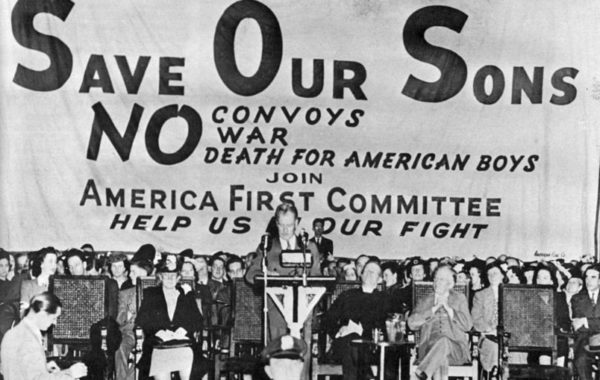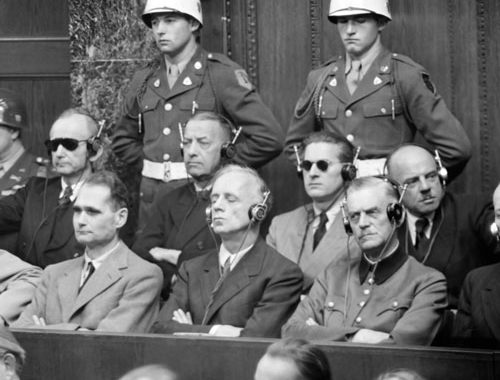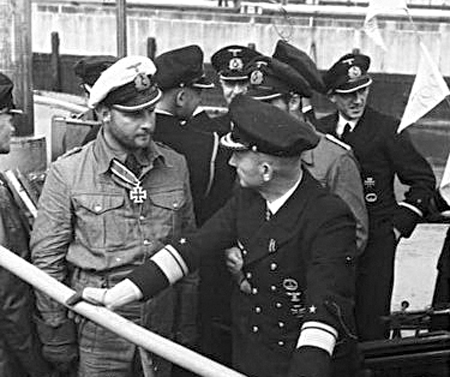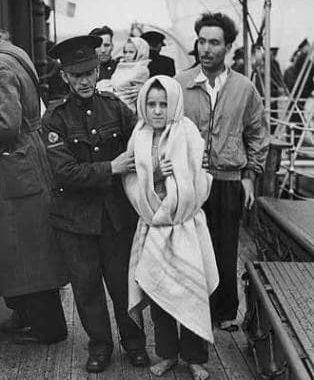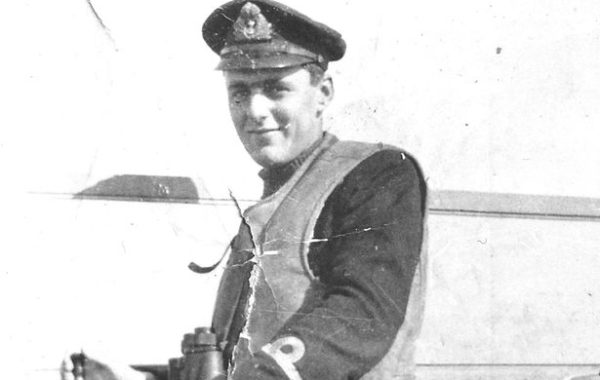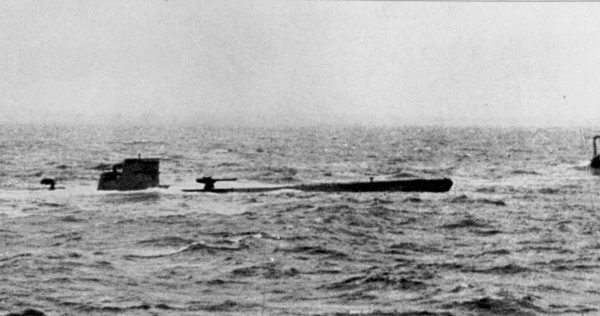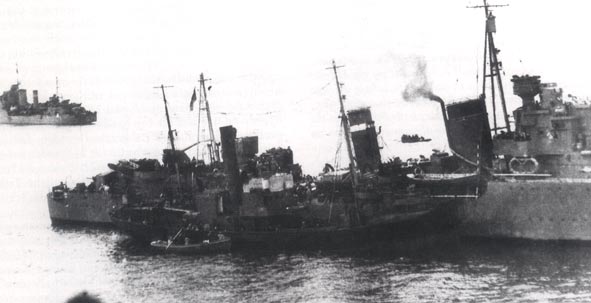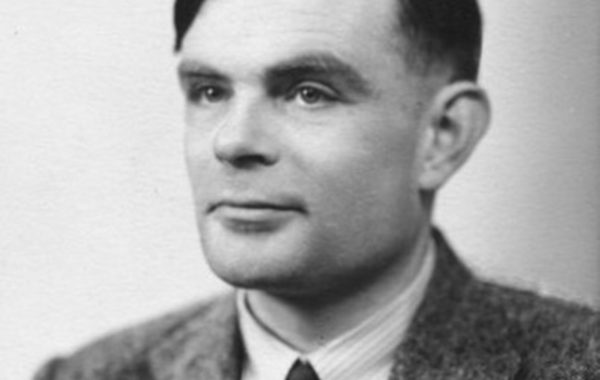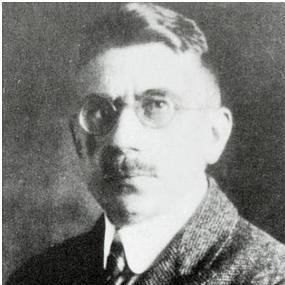When the British passenger ship Athenia was torpedoed and sunk on the first day of World War II, it took several days to assemble a comprehensive list of survivors, as well as the names of those who died. In the final counting, 30 Americans were among the 112 persons killed as a result of the attack. Despite the deaths of innocent U.S. civilians, America did not go to war with Germany following Athenia’s sinking.
Officially, the United States was a neutral country in the burgeoning war. Not long after the sinking, Americans who survived the attack began to ask the government to seek compensation from Germany for property they had lost on board Athenia. At the time, Germany was denying any responsibility for the attack (see blog post, Feb. 1, 2019), so the passengers’ requests put the U.S. government in a potentially awkward diplomatic position.
To preserve its neutrality, the U.S. State Department asked the American survivors to file affidavits detailing under oath what they saw and heard during the sinking. When all the accounts were gathered, respondents were notified that the State Department was “making a careful investigation with a view to determining the facts and responsibility for the sinking of the S.S. Athenia.” The department promised to give Athenia survivors details about preparing their claims if and when the investigation determined “a foreign government” was responsible for the damages suffered.
Based on information submitted by the survivors, the State Department could not conclusively establish that Germany was responsible for the sinking. Even though few people outside of Germany doubted that a U-boat had sunk Athenia, the recovery of damages would have to wait until after the war.
America’s neutrality was the result of strong isolationist sentiment in the halls of Congress and reflected the attitude held by many in the general public. Much of this sentiment carried over from World War I in the belief that the U.S. had been duped into helping England and France supposedly to make the world safe for democracy.
Entry into the war in 1917 eventually cost the lives of 53,000 American soldiers. Millions of dollars in loans made to allies during and after the war had not been repaid. These events had left a bitter taste in the mouths of many Americans. With Europeans once again going to war to settle their differences, isolationists contended this simply wasn’t America’s fight.
To be sure, many Americans, including President Franklin Roosevelt, felt strongly that the U.S. could not afford to ignore events in Europe and that the country should come to Britain’s aid. The president knew, however, that isolationist sentiment was too strong for him to expect Congress to support a declaration of war against Germany for the deaths of Americans aboard Athenia.
It wasn’t until two years later, when the Japanese attacked Pearl Harbor, that America was galvanized into action. By then, however, few Americans remembered that 30 of their fellow citizens had died Sept. 3, 1939, on the first day of the war.
Next month: The “rules of war”


